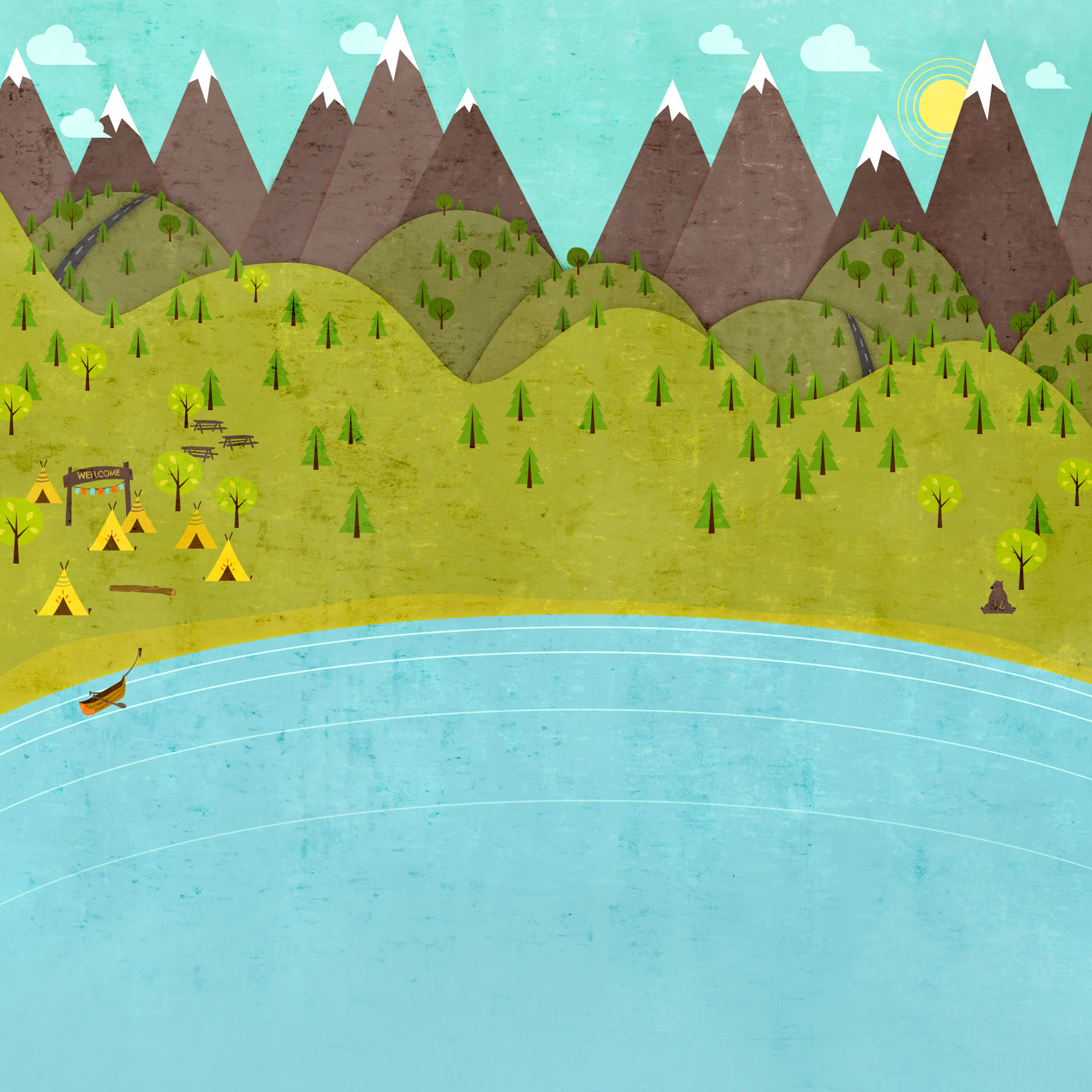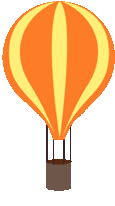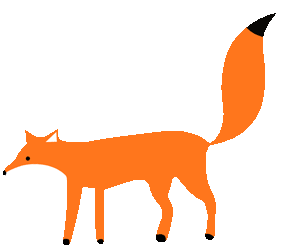
Arts Education

Music
For me, music is essential in a classroom to keep kids engaged and feel like they are in a positive and fun environment. It just makes you feel good when you can see kids enjoying the sound beneath a song, or the way they can play an instrument. There is so much from this class that I will take away to adapt into my future classroom.
Lesson Plans
Music for me!
click these buttons to explore my site!

References and Resources;
Agadoo
This video would be good for children in years 3-4, as the children are able to learn both the actions and the words. An activity that would be able to completed with this year level is learning the actions slowly, emphasising a dance move for a few minutes and moving on, gradually building up to complete the song. The children can then learn the words, with the actions making it easier to remember. The video is also good as the background characters are dressed up as fruit and vegetables and children could be asked about the various food they notice. Children could also dress up to suit the video, such as in hawaiian shirts and hula skirts.
Incredibox.com
This site allows children of any age to play with this beat boxing band, and explore different songs they can make, just by dragging and dropping. For older kids, they are able to record their work and may be able to write lyrics to it. Whereas younger children, can explore the sounds and they way they work together. Click the picture to listen to a sound previously made.
5 vs 1 Guitar
This would be a good video for older children (Grade 5-6's) to watch, as they are able to sing how an instrument can be used in a range of ways, to create a perfect song. This shown by hitting the body of the guitar, playing the strings, and also playing at the tip of the neck where the notes are quite high. Children could be asked if they could think of another instrument that could be used in a similar way and encourage them to try it themselves.
About, 2013, ‘The Orff Approach’, date retrieved September 6th 2013, ‹http://musiced.about.com/od/lessonplans/tp/orffmethod.htm›
Dobszay, L. (1972). The Kodály method and its musical basis. Budapest: Academia Press
Eösze, L. (1982). Zoltán Kodály: His life in pictures and documents. Budapest: Corvina Press
Paynter, J. 1972, Hear and Now: An Introduction to Modern Music in Schools, Universal Edition, London.
Phillips, F., 2013, Orff Approach in ECA209 Teaching The Arts In Primary Schools Clouddeakin, Deakin Universty 2013, date retrieved 4th September.
Schafer, R. M. 1972, ‘Thoughts on music education’, The Australian Journal of Music Education, vol. 10, pp. 3–6.
Victorian Curriculum and Assessment Authority, 2012, ‘AusVELS; The Arts’, date retrieved 15th of August,‹http://ausvels.vcaa.vic.edu.au/The-Arts/Curriculum>
Fuse
Fuse is a website provided by the Victorian Government offering a range of resources in any subject. The site has everything linked, and provides and excellent explanation of the year levels it would be appropriate for and some also provide lesson plans and tasks. By clicking on the image, it will show you a range of music related tasks.
Tone Matrix
This is similar to incredibox, where children are able to click a square, as many squares as they like as it create music by moving across the image. It would be appropriate for younger children if using the creative music approach as they are able to explore the sounds it creates. By cliking on the picture, you can have a play yourself!




